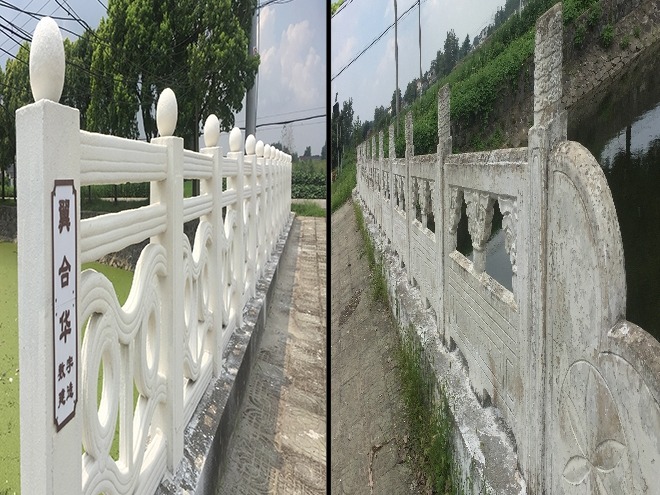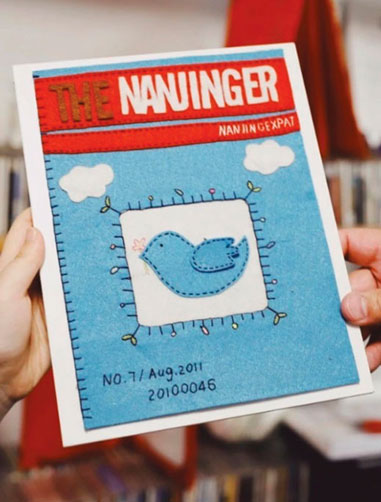An unassuming and sparsely populated industrial estate on the far flung outskirts of Nanjing received an ultra-modern facelift this month. Some scrappy bridge railings were considered old and dangerous and in need of a good remake. Instead of using traditional building methods, the bridge railings were 3D printed.
With Liuhe county being the country’s first to have 3D printed bridge railings installed, it has now catapulted Nanjing into the ranks of the construction shaping modernists.
Manufacturers Nanjing Kenyo Precision Instrument Manufacturing Company (南京嘉翼精密仪器制造有限公司) say the bridge took 15 days to be completed, slashing the time taken using traditional methods in half. Some manufacturers claim 3D printing a 200 square metre house can take as little as 40 hours.
Utilising materials such as quartz, sand and cement helps the structure become a lot stronger and more stable than conventional materials. Kenyo Chairman Li Jin noted that by using this technology moulding is no longer needed therefore the railings became 50 percent cheaper to produce; the total costs dropping to ¥50-60,000.
It is no coincidence that the 3D printer is located a kilometre down the road, meaning that not only were the two railings cheaper and quicker to produce than with traditional methods, the project also provided a boost to the local economy.
According to the company, it is one of only three in China that can produce such materials utilsing this type of technology. The manufacturers said in a statement, “If you use imported technology and equipment, the price is certainly high, but we have done independent research and developed the machine ourselves, and own a patent, from design to production, all (using) our own technology”.
The worlds first 3D printed bridge sits over a river in Castilla-La Mancha park in Madrid and was thought to have helped revolutionise construction; saving wasted materials and allowing for designers to “experiment with complex forms that appear in nature”.
Looking to the future, Dutch designers will be using two “modified multi-axis, robotic arms” to build one of Amsterdam’s famous steel bridges across a canal. From fashion and hospitals to food and plane parts, people across the globe are quickly utilising 3D technology in vastly remarkable ways, and we await what Nanjing will next do with 3D construction.
In the meantime, you can go down and check it out for yourself; it is a bit of a trek, but for those 3Ders out, there the bridge railings can be found on Fengyuan Lu in Liuhe district.











